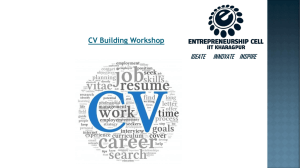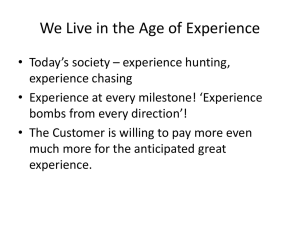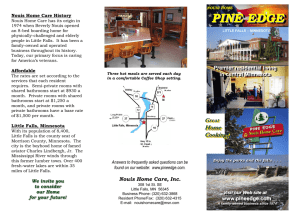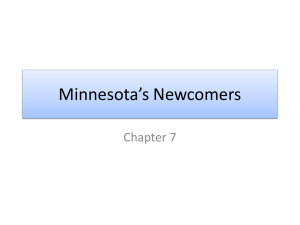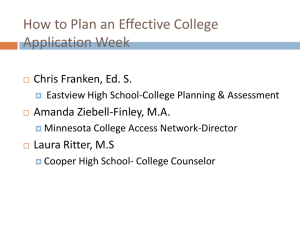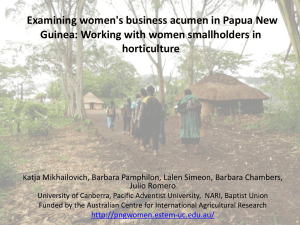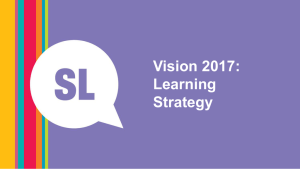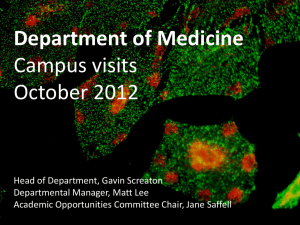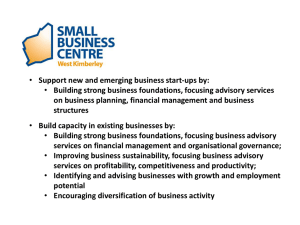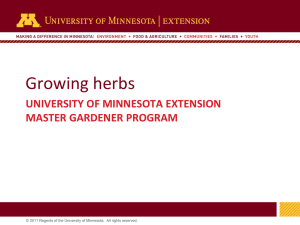Early / Late High School Curriculum
advertisement
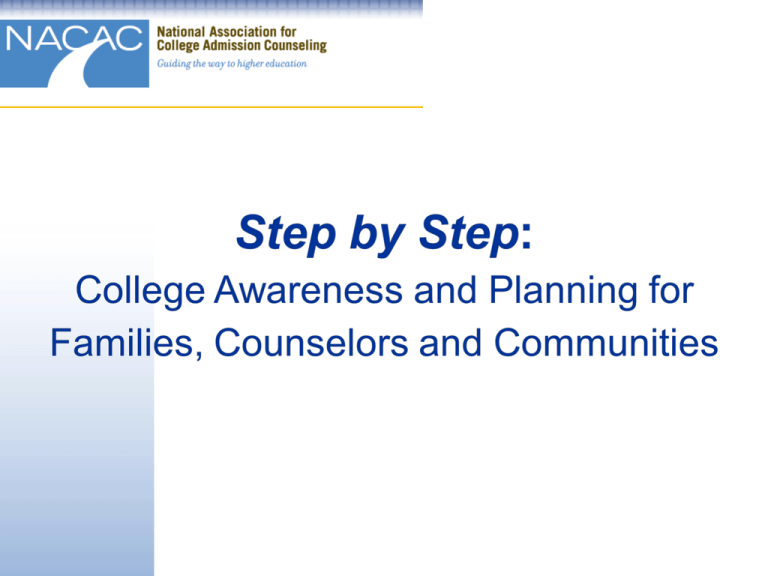
Minnesota Association for College Admission Counseling www.mn-acac.org MACAC supports education professionals (HS & College) as they guide students & families in the postsecondary education planning process. We advocate for policies & programs that benefit our members & those students & families whom we serve at local, regional & national levels. Dan Tomhave, Bethany Lutheran College, MACAC President: dtomhave@d.umn.edu Chris Franken, Eastview High School ,MACAC Past President: Chris.Franken@district196.org Craig Dodson, Breck School, MACAC President Elect : craig.dodson@breckschool.org Minnesota Association for College Admission Counseling www.mn-acac.org Inclusion, Access, and Success Committee Tri- Chairs: Purpose of the IAS committee is to advocate & recommend strategies that promote sensitivity to human differences & expansion of equal access to postsecondary educational opportunities for all students. Laura Favreau, Senior Admissions Counselor, University of Minnesota – Twin Cities Committee Co-chair: lauraf@umn.edu Samantha Savoie, Assistant Director of Admission, St. Catherine University Committee Co-chair: shsavoie@stkate.edu Patricia M. McDonough Professor, Higher Education & Organizational Change Vice Chair, Department of Education Co-Director, Educational Leadership Program Graduate School of Education & Information Studies UCLA An Important Policy Issue • Six out of every ten jobs in our economy depend on workers with at least a two-year college degree. • A shortage of 14 million college-educated workers is predicted by 2020. • Despite extensive financial aid expenditures, the gap between low-income and high-income students attending college today is roughly the same as that participation gap in the 1960s. • Improving academic preparation for college and ensuring affordability, especially for low-income students and students of color, has widespread support from researchers, policymakers, and advocates. Patricia M. McDonough Professor, Higher Education & Organizational Change Vice Chair, Department of Education Co-Director, Educational Leadership Program Graduate School of Education & Information Studies UCLA Underrepresentation College Enrollment rates: • First-generation students - 59% • Students with parent with a 4-year degree - 93% • African-American, Latino and Native American students are still significantly underrepresented in college in general and in four-year colleges in particular. • Rural students, despite better high school graduation rates, enroll in college at rates 6% lower than the national average, and 8% lower than their metropolitan counterparts. Minnesota Office of Higher Education Underrepresentation Patricia M. McDonough Professor, Higher Education & Organizational Change Vice Chair, Department of Education Co-Director, Educational Leadership Program Graduate School of Education & Information Studies UCLA Families As College Preparation Partners • Family encouragement is key to stimulating students forming college plans by 8th grade • Family support and early educational plans predict students – 1) developing and maintaining college aspirations – 2) sustaining motivation and academic achievements – 3) actual college enrollment • Consistent communication among students, parents, and school personnel predicts increased enrollment in college • Parents need to have an accurate understanding of college costs and the financial aid system NACAC Resource – Guiding the Way to Higher Education • Step-by-Step: College Awareness and Planning for Families, Counselors and Communities • 3 separate curriculums – middle school, early high school, late high school – Parent/Guardian Workshops – Financial Aid Parent/ Guardian Workshops – Spanish Powerpoints Available Step-by-Step to College • 45-60 minute student centered lesson plans with optional parent sessions • Sequential program • Middle School - grades 7 and 8 • Early High School - grades 9, 10, and first semester grade 11 • Late High School - second semester of grade 11 and grade 12 Middle School Curriculum • Challenge students to see college admissions and attendance as a goal • Help students assess their interests, strengths, and academic habits • Explain concepts about college options and financial aid Middle School Curriculum • Provide a template for building a college preparatory curriculum • Encourage students to build a profile and support network to help them reach their college goals Middle School Curriculum – College Bound Bingo (pg. 94) : First Activity Early High School Curriculum • Instill the belief that college is accessible and affordable • Demonstrate ways for students to build a strong curricular and extracurricular foundation • Develop an understanding of and a plan for standardized testing Early High School Curriculum • Promote the need for selfmotivation and a network of adult mentors • Assess career interests and aspirations as a way to research college options Early High School Curriculum • Activites – Beach Ball Toss – Long Term Dreams / Goals (pg. 96) – Curriculum Planning (pg.120-122) – Understanding the Big Picture (pg.139-143) Late High School Curriculum • Develop a strategic plan for the college search and application process and the transition to college • Review standardized test questions and schedule test dates • Provide more in-depth analysis of career interests Late High School Curriculum • Guide students through the application and essay process • Walk students through the financial aid process Early / Late High School Curriculum • Activity : The Great Sorting Game (pgs. 289-300) • Use discretion with group age, ability and environment with activities Early / Late High School Curriculum • Sample Worksheet – Understanding Standardized Testing (pg. 220) – How to Use your School Counselor (pg. 215-216) Current Uses of Step-by-Step • High School Counselors – For College Tours / College Fairs : give each student a copy of the College Visit Checklist & Sample Interview Questions (pgs. 239 - 244 and pgs. 265 - 266) – Teacher Recommendation Forms and Activities : for students to give to their teachers. (pgs. 259 – 264) – “Career and College Planning” for Juniors : used SBS curriculum for all juniors. Taught by teachers during home room. Current Uses of Step-by-Step • High School Counselors – After – School Workshops : Uses SBS - Late High School for after-school workshops with juniors 1 day a week for 6 weeks with juniors – Testing : Use with sophomores & juniors in the fall – Parent & Student Workshops - Discuss college & financial options Current Uses of Step-by-Step • College Admissions Representatives • From an admissions office perspective - it is a great resource for working with groups of middle school and early high school students • As a presenter - it is a good way to orient oneself and how to target themes & messages to this age group. Also, group activities add an interactive element. Example for a large group visit (Trio/ College Possible/ Avid) • Katie Sankey example – Great Sorting Game and notecards • 7-8th graders - Used the Bingo game in which the students talk to their peers. Gave Frisbees and pens to the winners. • 9-10th graders - A popular activity focuses on students naming colleges based on a category (public state school, HBCU, Ivy League, art and design, etc.). Gave prizes to the first few finishers Current Uses of Step-by-Step • Affiliate State Organizations, Community Based Organizations & Independent Consultants – College Admission Workshops –for underserved students – Use at AVID Workshops Nationwide – Family Night Programs –at libraries, schools & churches – College Application Week- now College Knowledge Month – Emergency Housing Family Centers – do evening programs for students and parents. – Work with Community Group –use parent materials to help parents become more comfortable advocating for their children. Suggested Student Learning Activities Preparing to Apply/College Search Session 1 – Goal Setting: Taking Stock p.196-217 Session 3 – The College Search p.234-244 Session 3 - Making the Most of a Campus Visit p. 239-244 The College Application Process Session 4 – The Application Process (Part 1) p.245-266 Session 5 – The Application Process (Part 2) p. 267-278 Financing College/Financial Aid Session 6 – Financial Aid p. 280-288 Parent Learning Activities College Preparation & Applications: Session 7 – Resources for Late HS p. 302-316 Financing College/Financial Aid: Session 7 – Resources for Financial Aid p. 317-323 Paying for College Videos • Address general audience and first generation families • Spanish, Hmong and Somali videos and resources • Co-produced by the Minnesota Office of Higher Education and Minnesota Private Council • http://www.mnprivatecolleges.org/paying Early Awareness Resource List • NACAC - Step-by-Step www.nacacnet.org/steps • NACAC – Knowledge Center www.nacacnet.org/research/KnowledgeCenter • Center for Student Opportunity www.csopportunity.org • Big Future by The College Board www.bigfuture.collegeboard.org • KnowHow2GO www.knowhow2go.org • Pathways to College www.pathwaystocollege.net Early Awareness Resource List • College For Every Student www.collegefes.org • College: Making It Happen www.certicc.org/collegemakingit.aspx • Counselor Zone www.collegezone.com/counselorzone/265.htm • ECMC Foundation – The College Place www.ecmcfoundation.org • Get Ready for College (MN) www.getreadyforcollege.org • Illinois Resource for undocumented students http://www.iacac.org/undocumented/ Laura Favreau University of Minnesota- Twin Cities MACAC Inclusion, Access and Success Committee Co-Chair lauraf@umn.edu 612-626-4486 Samantha Savoie St. Catherine University MACAC Inclusion, Access and Success Co-chair shsavoie@stkate.edu 651-690-8655

